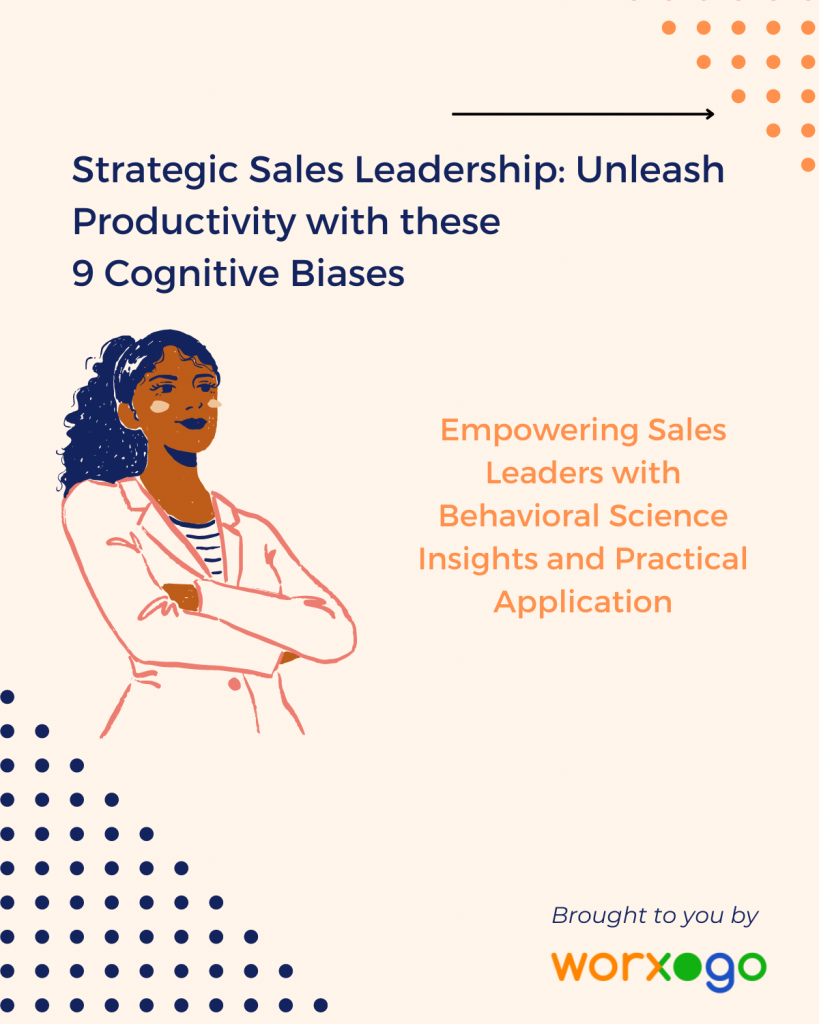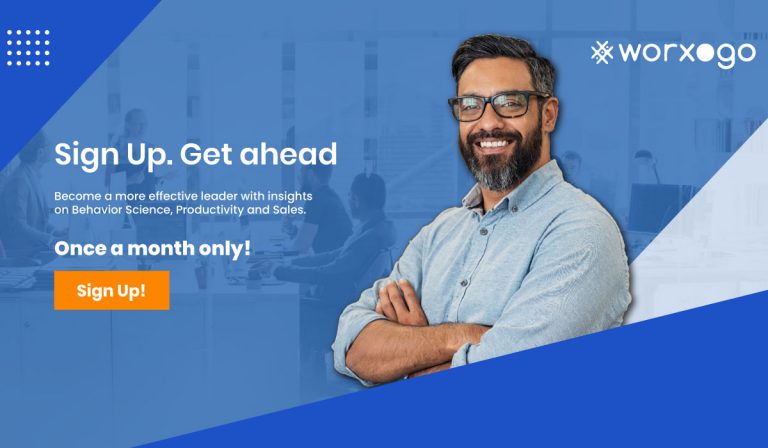Artificial Intelligence - enabler or destroyer
Ever since the launch of ChatGPT, the world is abuzz with Generative AI and the possibilities it can offer. Companies are looking at how AI-centric tools can improve the performance of their teams. On the flip side, workers are fearful that these new leaps in AI science may mean unemployment for them very soon.
As a generative AI company, we’ve pulled some insights from what we’ve observed, our own product development and how we envison AI will affect productivity at workplaces in the future.
If the rest of this blog could be summed up in a few words this would be it – There is an optimal way and not-so-optimal way to use AI. Knowing the difference will make the difference.
We’re looking at both ways in this blog.
Dumb and Dumber
Mobile phones are a perfect example to illustrate the point. Mobile phones went from being a novelty to becoming a regular part of our daily lives in a few short years. From fitness to staying in touch, to doing business, booking a holiday – everything is now a tap away. It seemed like this technology was engineered to yield results no matter how it was used. However, with time we have also witnessed some alarming negatives.

Suddenly most of us can’t remember simple things anymore – from phone numbers to birthdays – we’re lost without our phones. Social media has further impaired our brain function. Now in addition to memory loss, we’re experiencing reduced attention spans and actual cognitive decline. This has been highlighted by productivity authors like Nir Eyal who writes about mastering distraction in his book Indistractable.
The present moment could be the best time to think about how we use Artificial Intelligence, generative or otherwise, to boost employees’ productivity in a positive way. So that AI tools help create a productive, motivated workforce rather than a dull, disinterested one.
AI in Sales: An example of AI at work
Sales teams, for instance, are innundated with a surplus of AI tools available at their disposal. These tools encompass a wide range of functions from meticulously sorting contacts to identifying qualified leads, drafting compelling cold outreach emails/scripts, managing intricate projects, and even finalizing business deals.
There is no doubt that technology has a remarkable knack for handling tedious or heavy-data-driven tasks. In fact, using AI for automate these repetitive tasks is probably the best application in a sales context. This will enable sales teams time to invest in areas that demand more creativity, intuition, and personal touch.
But are we settling for less than Artificial Intelligence can actually offer?
Take for instance AI tools that bring insights and recommendations to the table for sales reps or callers. These script suggestions are backed by successful calls and other statistical data. If these suggestions are served to 50 telecallers, the AI has been used sub-optimally. What if, instead the AI tool helped the telecaller improve their own script, uniquely mapped to their personality and their customer’s needs? You’re now looking at 50 new ways of handling the conversation.
When there’s a human on receiving end of a call or an email, an authentic message resonates better than an automated one.
Using AI to enable rather than replace
While AI tools surely improve efficiency and streamline operations, there is infinitely more benefit to use AI alongside humans.
For instance, using AI to help humans overcome limitations that occur due to our human-ness – physical or mental. We know that human decision-making is prone to biases and heuristics – mental shortcuts that allow us to act quickly in response to the complexities of the world. [See below for 9 cognitive biases you need to avoid as a sales leader.]
Sometimes these biases serve us and other times they don’t. A snap-decision to jump when we hear a hissing in the grass serves us.
However, not all biases hardwired into our cognition are helpful. For example, hastily categorizing individuals into boxes of stereotypes, and forming premature judgments based on that can be misleading. This tendency to stereotype offers no benefit to anyone involved, and can lead to outright discrimination.
This is where AI can prove to be an invaluable aide, helping us circumvent these shortfalls effectively. Smart algorithms can assess situations, free of the biases that often impact human judgment, providing objective insights while making decisions.
Using AI to help humans sidestep short-comings is a real win, while leaving room for the human to make the final call on whether to follow through or not.
The optimal use of AI then does not replace humans, but complements human intuition and judgment, leading to better decisions aided by artificial intelligence. These daily decisions will soon add up, bringing in a refreshing new level of productivity and engagement in teams.
worxogo Nudge Coach uses this approach to come alongside sales and customer support teams to coach them to their best performance.
For instance, it helps coach individual employees towards their performance goals – sending them personal coaching tips shaped to their unique performance and motivational style. A person may be overwhelmed by their KPIs or their inability to handle multiple priorities. The AI coach alert pops up with the person’s single most important goal for the day. This helps the seller move from inertia and focus their attention on doing just one thing.
Similarly, the Nudge Coach helps managers cut through the noise of hundreds of team KPI metrics to see a single view of what needs their immediate attention. Maybe it’s a particular team or individual who needs help. Or maybe an individual on a performance streak who needs to be appreciated for her stellar performance. Managers can skillfully transform into the leaders their teams require – guiding them from the sidelines, providing encouragement and assistance in real-time.
Today thousands of sales/support reps and managers rely on AI through worxogo Nudge Coach – to keep them on top of their KPIs and maximize their productivity. One field sales team increased their sales enquiries by 30% as the nudge coach focussed reps’ attention and focus around sales funnel activities. Another BPM improved Insurance Agent productivity by 26% using AI to coach associates to maintain quality while efficiently reducing the time they spent on each query.
Summing it Up
Technology like artificial intelligence presents with us a challenge of how best to integrate it for maximum benefit. Aside from streamlining operations and solving countless problems, how do we amplify its value?
Eliminating the human element in favor of AI may lead to greater efficiency and accuracy in some cases. However, in sales or customer service, a human+AI approach will probably deliver much better outcomes.
For more on AI-coaching for sales and customer support teams, click on Get a Demo in the menu.




